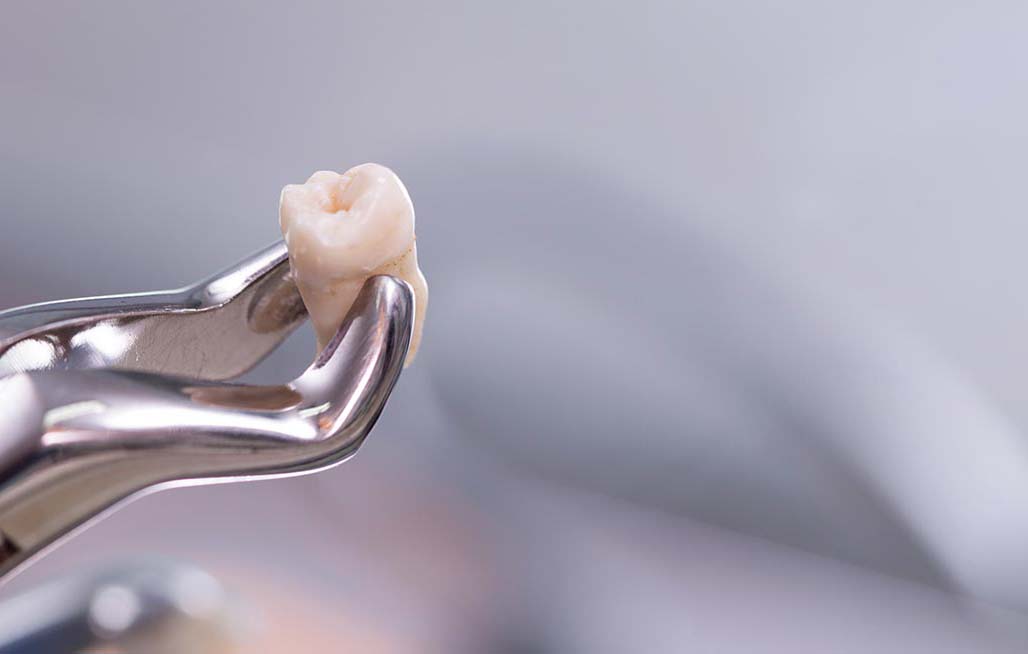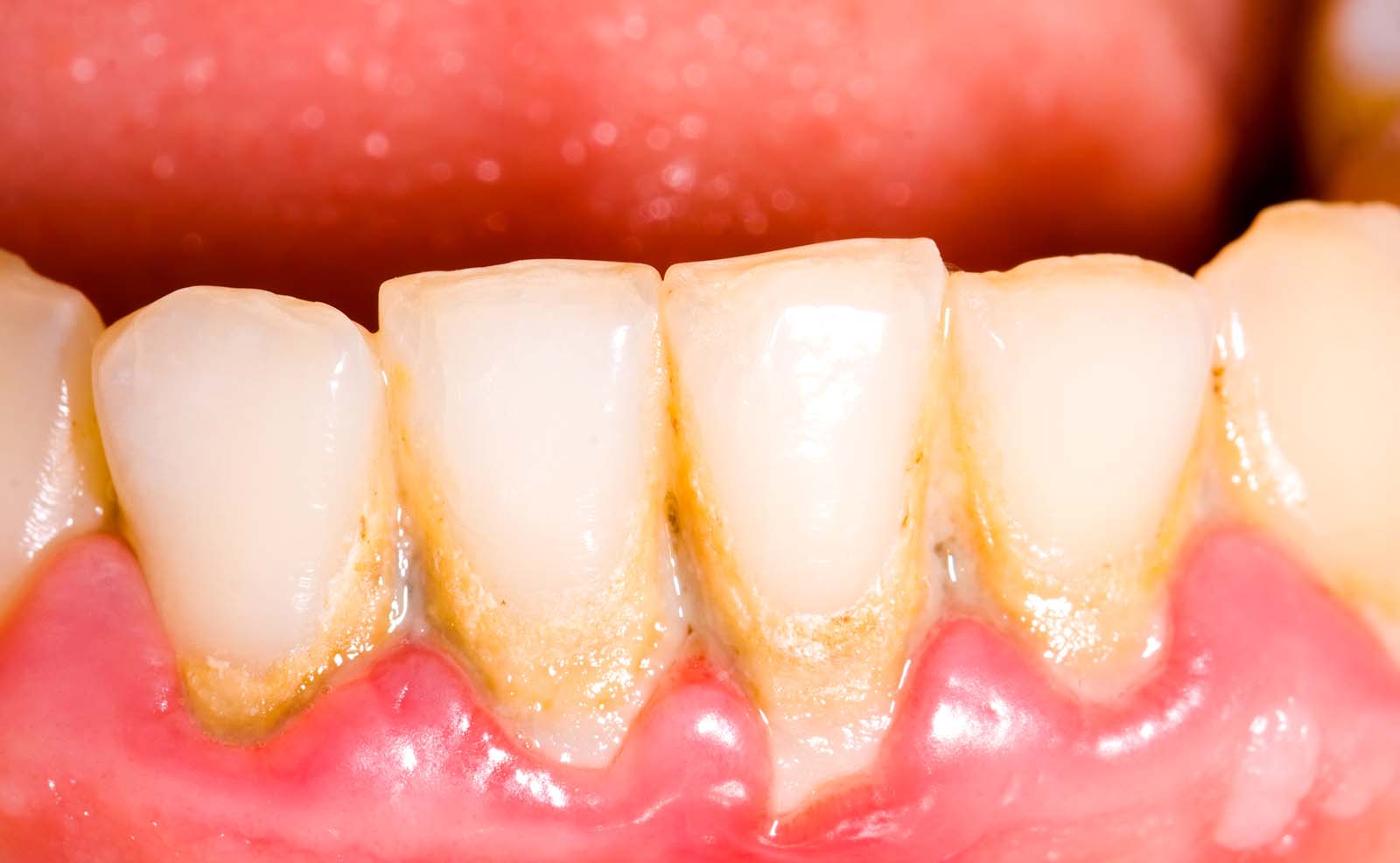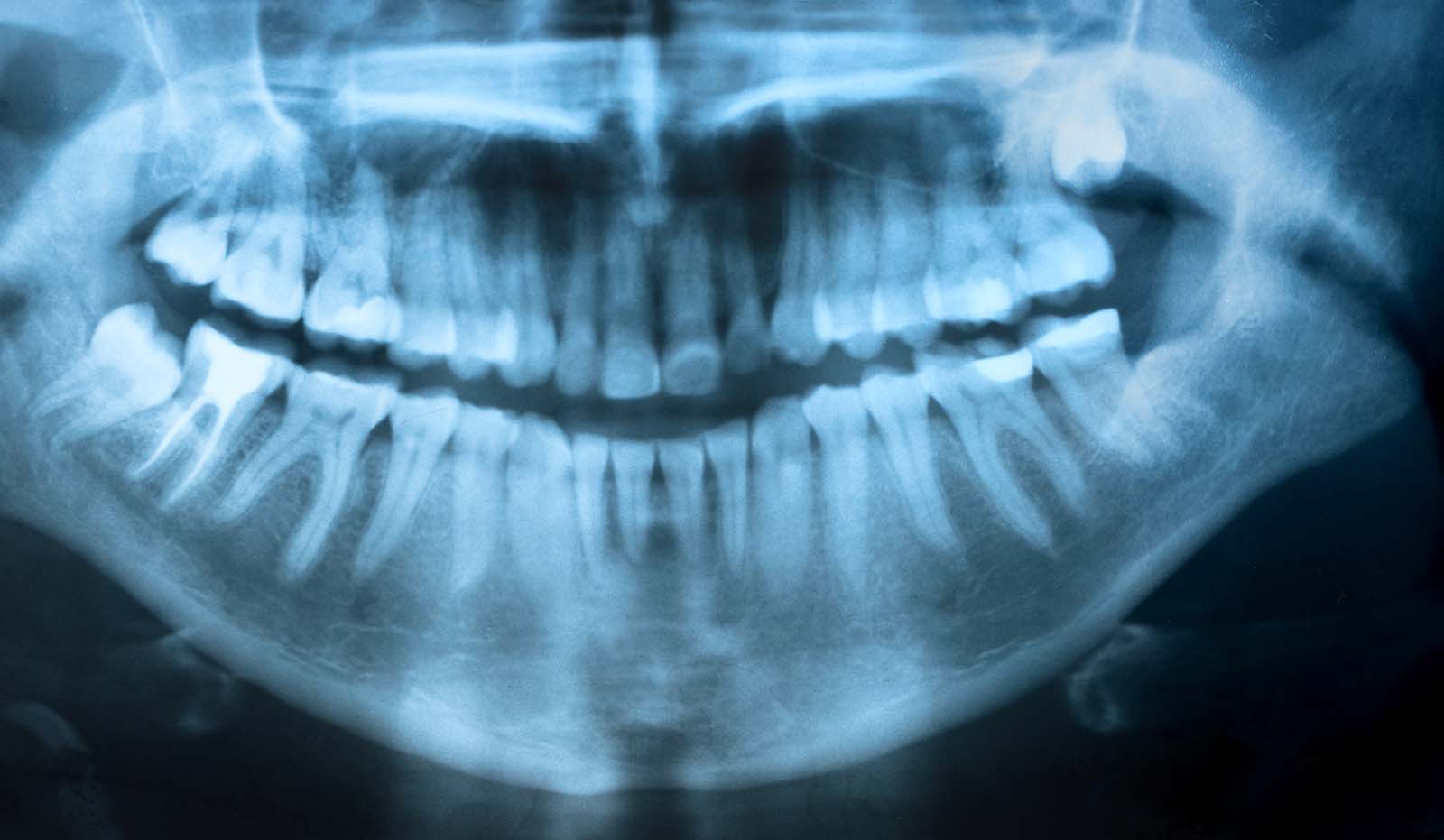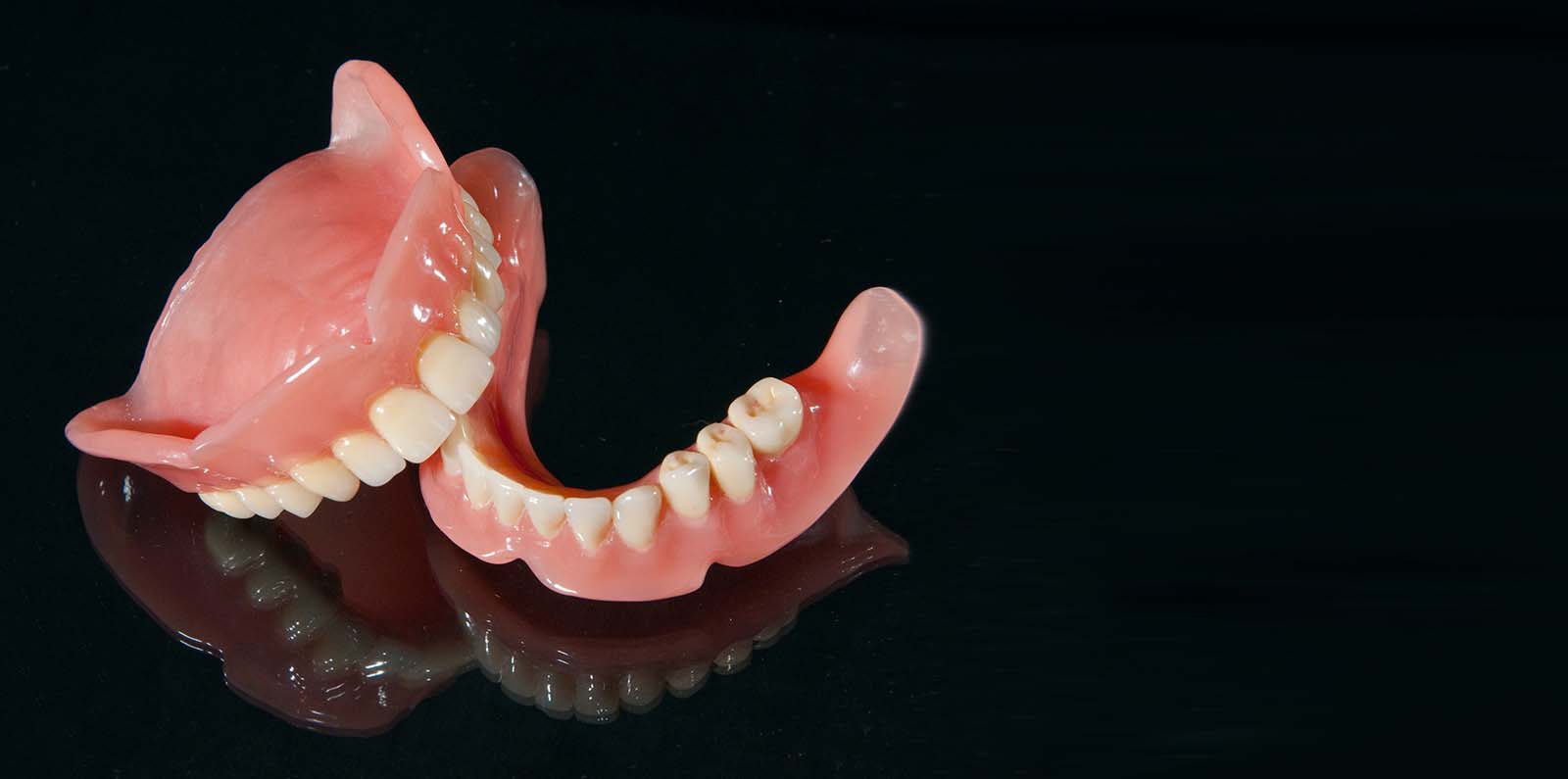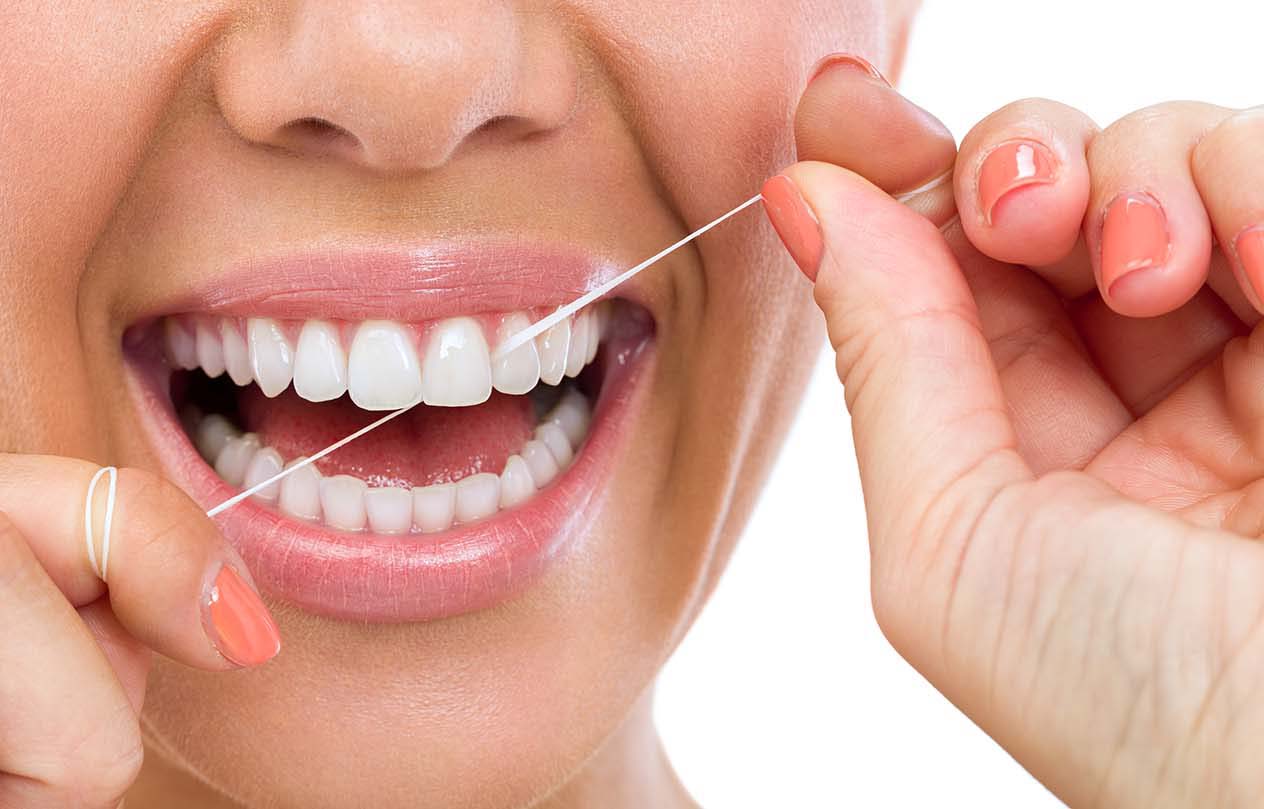Rotten teeth, or what most consider as ‘ ugly teeth ‘ are an issue that can cause embarrassment and can lead to low self-esteem for children, teenagers, young adults, and adults alike. The dangers of rotten teeth are also highly discussed in different forums. Tooth decay is one of the most common problems in dental care. Tooth decay results in rotting of the teeth and is often associated with plaque. Despite the social pressure and disgrace associated with rotten teeth, most people suffer from this challenge at some point in their lives. Most of the factors that lead to rotten tooth come from hygiene challenges and can be prevented by visiting a dentist regularly and practicing good oral hygiene.
If you have rotten teeth, you should not ignore them because it will only lead to bigger problems resulting in tooth loss, surgery, antibiotics and generally a mouth filled with nasty teeth. A regular visit to the dentist helps prevent such problems from worsening because the early signs of rotting teeth are captured and the right action is taken. Teeth, like other parts of the body, contain living cells that can die if proper care and oral hygiene are not practiced leading to tooth loss. When a tooth dies, it can no longer receive blood supply because the blood vessels that supply blood to the area cannot operate within dead cells. There are two types of rotten teeth or irreparable rotten teeth, reclaimable rotten teeth and those that cannot be repaired.
Parts Of a Tooth
The upper part of the tooth is called the crown and is highly prone to attack by bacteria and plaque formation. This upper part is referred to as the crown because its shape resembles a crown that expands towards the edges creating grinding space for chewing and biting food. The lower part of the tooth is called the root because it anchors the tooth into the gums. This is the base part of a tooth and extends downwards from the gum into the inner part of the gum and the bone. A tooth generally comprises three layers, namely the enamel, the root, and the centum. The enamel is the topmost part of a tooth, also referred to as the crown. Below the crown is the dentine comprised of a gumline that separates the crown and the root, where the tooth meets the gum. The second layer is the root that acts as an anchor by keeping the tooth in place. It also ensures the teeth are well secured in the jaw to prevent falling off when biting or chewing. The innermost part of the tooth is the cementum and is between the root and the enamel. This part is made up of blood vessels and pulp making it the living part of the tooth. The pulp has soft tissue with nerve endings and blood cells and therefore becomes sensitive and painful when a tooth becomes rotten.
How Do You Know If You Have a Rotten Tooth?
Tooth decay results in forming a cavity which is a hole in the Enamel part of the tooth. Bacteria in the mouth causes the gap to grow more prominent as it eats away at the cavity and extends to the pulp spreading the infection to the whole tooth and may also affect other teeth. The decay spreads through the tooth, forming a bigger cavity, leading to tooth loss or infecting other teeth if left untreated.
Rotten teeth, when left unchecked, can lead to further health complications, primarily when the decay spreads to the pulp. We often assume that a visit to the dentist is only necessary when there is pain, but this is not the case. Rotten teeth that go untreated can lead to more health complications in the body. This case has been observed in cases where people have lost almost all their teeth because of rotting and breaking or falling off. An infected tooth can become a life-threatening condition due to the development of sepsis if the infection is left untreated. Sepsis is a life-threatening disease characterized by fatigue and chronic pain and results from prolonged and untreated infections. Although sepsis is a bodily reaction to prolonged exposure to an infection, it is a serious condition and can lead to organ failure and amputations in serious cases. Sepsis causes the death of cells in the surrounding area, cutting the body supply to the affected area. While dental infections may not lead to amputation from sepsis, the risk of organ failure remains, making it a life-threatening condition.
Symptoms Of Teeth Rot
How do you know if you have rotten teeth? I am sure you would like to know some of the key pointers that show you have rotten teeth and risk losing your teeth. Here are the primary rotten tooth symptoms.
Discoloration
Before a tooth starts to rot, it first becomes discolored, losing its natural white color. Discoloration can happen due to many factors and does not necessarily mean that a tooth is decaying. Some diets such as smoking, coffee, wine, and hygiene habits can cause discoloration in teeth. You may be asking what does a rotten tooth look like? The tooth’s color may change to yellow, brown, or black depending on the level of rotting in the tooth. The discoloration is often a sign that the tooth is not receiving a fresh supply of blood, making it a key factor attributed to a rotten or decaying tooth. As the tooth continues to decay, the nerves die, leading to color change from the original white color.
Pain in the teeth
Another common sign that you have rotten teeth is a pain in your gum and the attachment to the root. Rotten teeth have the sensitive inner part exposed to environmental factors causing pain. Exposing the pulp makes the nerves sensitive; thus, you experience pain because the nerves are very sensitive.
Swollen gum
Rotten teeth can cause swelling along the gumline where the root meets the gum. Gum swelling, in this case, is associated with bacteria caused by plaque accumulated at the meeting point between the gum and the root. If you are experiencing pain in your tooth or have a swollen gum line, it is crucial to visit a dentist and have the problem checked out because it is an early sign of rotten teeth. The pain and swelling along the tooth are a sign of bacteria accumulation associated with rotten teeth.
Bad breath
Bad breath is one of the most common signs that there is something wrong with your dental hygiene. Bad breath is often associated with poor dental hygiene. When you do not brush your teeth after meals, it increases the chances of plaque build-up and the development of acidity that facilitates tooth decay or nasty teeth. Rotten teeth often have a bad smell because they are decaying, making your breath smell even when you have good dental hygiene. Discussed below are the rotten tooth symptoms. These symptoms provide a basic road map on how to know if a tooth is rotten.
Temperature sensitivity
Another symptom of rotten teeth or rotting teeth is sensitivity to temperature changes. This symptom is associated with cold or hot drinks, where you may experience sharp pain or sensitivity after eating or taking a drink that is not at room temperature. These symptoms provide an answer on how to know if a tooth is rotten.
A commonly asked question at the dentist is, can you fix a rotten tooth. The question is also among the most common dentistry questions online grouped under the tag can dentist fix rotten teeth. Another common question is what happens to a rotten tooth, and is a rotten tooth dangerous. This question is common for people with a rotten back tooth, rotten front tooth, cracked rotten tooth, and bottom tooth because they are more noticeable. Having understood what a rotten back tooth, rotten teeth, rotten front teeth are, it is important to look at the available methods of treating this problem.
Rot Susceptibility
Although teeth rot and cavities can happen to any tooth exposed to the plaque for a prolonged time, some are more prone to decay than others. A rotten molar and premolar is a more common case than cavities in the front teeth. People who do not practice good oral hygiene have really bad rotten teeth in the back teeth and molars. Increased susceptibility shows molars and back teeth as more susceptible to rot compared to front teeth – no wonder you have an extensive molar tooth decay. The statement, all my teeth are rotten, or my teeth are rotting and breaking, is often taken to refer to molars and back teeth. The case of a rotten molar is common because of the grooves and creases that act as hiding grounds for food particles and a breeding area for bacteria. It is easier to clean the teeth towards the front of the mouth because they have little to no space for particle build-up. Molars are very important because they facilitating chewing and grinding their susceptibility raises the question; can you get rotten teeth fixed? The creases in back teeth also create a conducive environment for acid build-up, which slowly eats at the enamel, leading to decay. Now let us look at how to fix rotten front teeth and molar tooth decay.
What Causes Rotten Teeth
Plaque
A person may ask what is a rotten tooth, why are my teeth rotting, and what causes teeth to rot and decay? The primary cause of rotting in teeth is plaque formed by a collection of bacteria in the mouth. The bacteria collect as a sticky film on the teeth, and with time becomes plaque resulting in rotten teeth. The sugary foods and drinks that we take produce acid, facilitating the formation of plaque. The acid that collects over time, eating away at the tooth’s out layer, is what causes rotten teeth. The outer layer of the tooth is called the enamel. It protects the other parts of the teeth that are more sensitive. The body replenishes the enamel with time. However, as bacteria collect eroding the enamel, the top layer is eaten away, causing decay into the softer areas. After the enamel undergoes erosion by decay from accumulated plaque, the teeth develop a cavity referred to as rotten teeth. Since decay is the primary cause of rotten teeth, it is essential to look at signs of decay and rotten teeth.
Poor nutrition
Another major cause of rotten teeth is poor nutrition. One of the patients at a dental clinic had this complaint doctor; my teeth are rotting and breaking, all my teeth are rotten, what is wrong. The patient had good hygiene eliminating plaque build-up as a cause of a rotten molar tooth and spoiled teeth. On further inspection, the dentist realized she had an unhealthy diet that increased the chances of her teeth rotting due to a lack of vitamin D and C. The absence of a proper diet weakens the enamel and increases the chances of discoloration, development of cavities, and breakage.
Deep tooth crevices
The risk of tooth decay and rotting is higher in people with deep crevices between their teeth. The crevices increase the risk of decay because food particles in these areas are harder to clean and remove. Particles left in the crevices produce acid, which attacks the enamel increasing the chances of your teeth rotting.
Age
As people get older, their bone density changes due to wear and tear. Teeth also go through a similar process where older people are more likely to have rotten teeth. Old age also comes with diseases such as arthritis and osteoporosis, which affect the bones, increasing the risks of tooth-rotting. In addition, older people have a lower level of saliva flow, reducing the chances of washing away bacteria.
Genetics
The level of risk for tooth-rotting is associated with genetics, where the genetic composition of an individual increases the chances of their teeth rotting. The increased risk is because genetics influence diseases such as hyperthyroidism, hypothyroidism, down syndrome, and osteogenesis. In return, these diseases influence the strength of bones. People with weak bones and other genetic issues affecting the teeth get more serious complications, such as a tooth rotted to the gum. Genetics, therefore, play a key role in increasing the risk of tooth decay.
Fixing Rotten Teeth
Rotten tooth treatment should be done as soon as possible to minimize the risk of losing your tooth. If your teeth are rotting or breaking, it is advisable to see a dentist and look into the available treatment models and the most appropriate to fix your rotten teeth. Rotten tooth treatment models are divided into two main categories restorative treatment and non-restorative treatment models. The two models are focused on preventing cases of a rotten tooth by reversing the process or eliminating the problem. Restorative treatment attempts to save the tooth by returning it to its earlier state. Restorative treatment includes using bridges, crowns, and veneers that cover the damaged tooth giving you perfect teeth and your smile back. This method is primarily used to fix rotten front teeth and restore your smile, eliminating the embarrassing discolored teeth. Non-restorative treatment includes the use of anti-caries medication, fluoride varnishes, and sealant fissures.
Root canal therapy
A common treatment for rotten teeth is tooth canal therapy. The therapy is a treatment method that is applied in cases where the decaying tooth can be fixed. The root canal treatment uses a method that includes opening up the affected teeth and removing the pulp. Removal of the pulp is important because it also removes the bacteria causing the rot. After removing the pulp, a hollow space remains; the dentist cleans the inner area to clear out the bacteria. The next step involves replacing the hollow space with a permanent filling. After placing the permanent filling in the tooth, the dentist seals the root. This treatment model is effectively used to fix a rotten tooth.
The root canal process is performed chiefly on rotten teeth where the crown is still intact. However, in cases where decay has destroyed the enamel, the dentist can add a crown to help seal the tooth after filling. The drawback of using this treatment is that teeth that undergo this process with the time change in constitution becoming very hard. Therefore, it is recommendable to get crowns as finishing for rotten bottom teeth that have been restored through this treatment. Crowns are also crucial in this treatment procedure because they ensure the teeth are strong enough to endure the pressure of grinding or biting without breaking. The crown also acts as a replacement for the discolored part of the tooth caused by rotting. The crown is made to resemble the color of your good teeth and is therefore not noticeable.
In some cases, your teeth may not require a crown after feeling, and the dentist can use veneers instead to cover up the discolored part. Porcelain veneers are the most common cover used for discolored teeth and can also be used for aesthetic purposes. If your teeth are rotten, spoiled teeth, you have a rotten molar tooth, rotten bottom teeth, and rotten back teeth, visit a dentist to determine if this procedure is right for you.
Tooth extraction
If your tooth is totally rotten and cannot be salvaged, the alternative treatment is tooth extraction. When a tooth is fully damaged by rot and bacteria, it becomes impossible to restore the tooth. In such cases, the dentist may recommend removing the tooth to prevent bacteria from spreading and relieve the patient from pain. After the rotten teeth are removed, a gap is left where they once occupied, which can be remedied by replacing it with a denture, bridge, or dental implants. The extraction method is mostly used for back teeth because it can have disastrous results or be catastrophic when used on the front teeth. It is important to have an in-depth discussion with your dentist on the right treatment for your rotten front teeth, including any aftercare required. In cases where your tooth is replaced with a denture, a bridge, or dental implants, always enquire about any unique methods of care required that are out of your routine for other teeth.
Fluoride treatment
In cases where the rot is in the early stages, it is possible to use a mild treatment model referred to as the fluoride treatment. The fluoride treatment involves getting a high concentration of fluoride into your enamel. A dentist performs the fluoride concentration treatment to prevent further damage to the tooth in cases where the early signs of rotting teeth are detected. A fluoride treatment is also followed by intense dental hygiene to ensure further damage is prevented. Proper dental care ensures the teeth are not exposed to plaque, curtailing further tooth rot or decay.
Preventing Teeth Rotting
Oral care routine
Adopting a daily oral care routine is a good rotten tooth prevention mechanism that protects you from a cracked rotten tooth.
Brushing twice a day
To prevent your teeth rotting out, the right cause of action is brushing your teeth at least twice a day. Brushing your teeth after every meal is advisable, but, in some cases, it is not applicable because you may be in the office all day. To prevent your teeth from rotting and falling out, ensure you brush every morning and evening before going to bed. Brushing before going to bed is essential because bacteria are more active at night, increasing the risk of rot and decay.
Flossing
Apart from brushing, another oral care routine to prevent teeth rotting out is flossing. Flossing helps remove food particles stuck between your teeth and other hard-to-remove areas, including crevices. Flossing every day is presented as a practice that cuts the risk of plaque accumulation and tooth decay by at least 60%.
Mouthwash
Another oral hygiene routine that you should adopt to prevent your teeth from rotting is rinsing with mouthwash after brushing. Mouthwash kills about 99% of germs and ensure the environment is conducive for bacterial growth. Using mouthwash significantly reduces the risk of decay.
Avoiding sugary foods and drinks
Tooth rotting and decay emanate from a build-up of bacteria and acidity, which promotes plaque accumulation. A preventive measure that you can apply is minimizing the intake of acidic beverages such as sports drinks and soft drinks. Sugary foods significantly increase bacterial activity, increasing the chances of developing cavities. Avoiding the consumption of foods and drinks with high sugar concentrations can also help prevent dangers of rotten teeth.
Regular dentist visits
Lastly, it would be best if you visited the dentist often for a professional checkup and cleaning of your rotten teeth. Visiting a dentist twice a year ensures the ‘ ugly teeth ‘ problem is identified at an early stage and restorative measures are taken. We often fail to visit the dentist unless we are having issues. It is important to develop a habit of visiting the dentist once every six months to ensure any problem is nipped in the bud. If you have any of the problems discussed here or have not seen a dentist in the past six months, book an appointment to ensure everything is on track. Prevention is better than cure.





